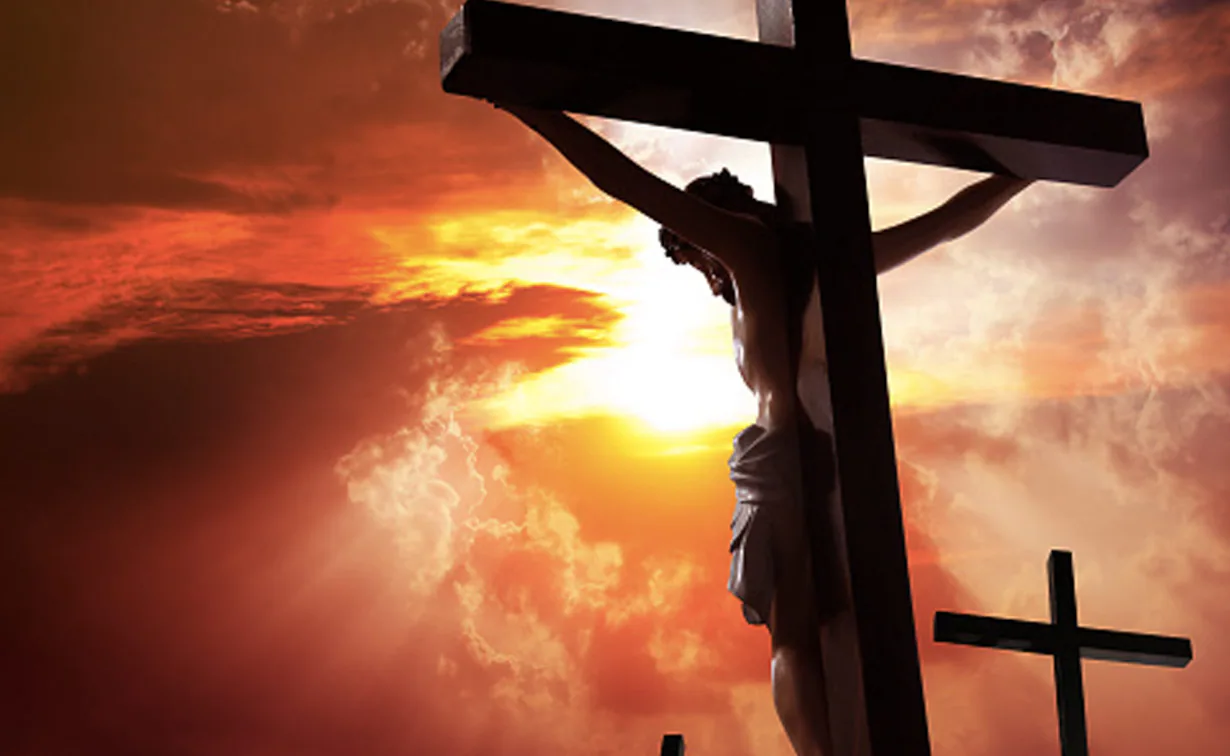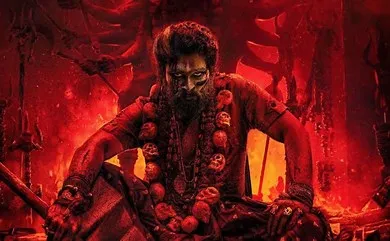Christians around the globe commemorate Good Friday as the day marking Jesus Christ’s crucifixion, a pivotal event in their faith’s narrative, observed as a public holiday in several nations, including India, Canada, the UK, Germany, Australia, and others. The term “Good Friday” carries varied interpretations, with some attributing “good” to mean holy, others suggesting it as a modification of “God Friday,” while many find it apt as it signifies Christ’s suffering and sacrifice for humanity.
Good Friday holds deep significance for Christians, serving as a time for introspection on Jesus’ sacrifice and the essence of his death. Practices on this day vary among different Christian denominations, reflecting the cultural and religious diversity within Christianity. Catholics typically abstain from meat, indulging in fish instead, and partake in hot cross buns, alongside fasting. Protestants may also refrain from meat consumption, following similar traditions.
In Germany, solemn church services like “Karfreitag” and silent processions are observed, with fasting being a common practice. In India, special three-hour services are held at noon, symbolizing the time of Jesus’ crucifixion, marked by dimming lights and covering religious symbols to mourn God’s absence. Italians engage in “Via Crucis” processions, reenacting Christ’s journey to crucifixion, while some perform “Miserere” in churches.
In Mexico, “Via Crucis” processions and reenactments of crucifixion are significant, with streets filled with solemn processions carrying statues of Jesus. The Philippines observes the Good Friday procession through “Senakulo,” a portrayal of Christ’s Passion. Spain’s “Semana Santa” entails week-long celebrations, including “La Madrugada” processions featuring statues of Jesus and the Virgin Mary.
Various traditions surround Good Friday, such as the tolling of church bells, which remain silent until Easter Sunday in some regions. Parades, hymns, prayers, and outdoor plays depicting Jesus’ final hours are common practices in different communities, embodying the solemnity and reverence of the occasion.






















